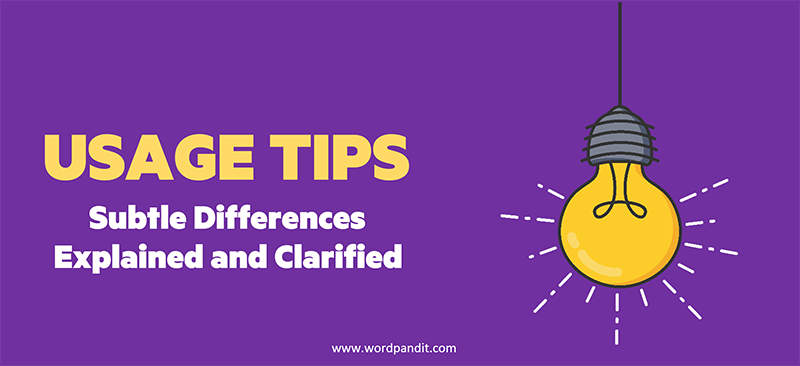Beetle vs. Betel: Clearing Up the Confusion 🐞🍃
Have you ever stumbled upon the words “beetle” and “betel” and wondered if they were related? 🤔 It’s easy to mix these two up—after all, they sound almost identical, and they’re only one letter apart! But if you’ve ever imagined munching on a beetle 🐞 instead of betel leaves 🍃, or worried about a betel crawling on your wall, you’re not alone. Let’s dive into why these words are so easily confused and why understanding the difference is crucial (especially if you’re traveling in regions where betel leaves are popular! 🌏). Knowing the distinction between these two can save you from some embarrassing mix-ups and help you understand the cultural and natural contexts they belong to. Let’s explore each word in detail. 📚
Beetle: The Creepy-Crawly Insect 🐞
Definition: A beetle (𝐔̌-tl) is an insect with a hard shell-like pair of wings that covers its body. 🪲 Beetles come in all shapes and sizes, and they belong to the largest group of animals on Earth—insects! Beetles are fascinating creatures that can be found almost everywhere, from gardens 🌼 to forests 🌳, and even inside homes 🏠. They play various roles in the ecosystem, such as pollinators, decomposers, and even pests.
Etymology: The word “beetle” comes from the Old English word bitela, which means “biter,” probably referring to the beetle’s biting mouthparts. 🦷 This etymology makes sense when you consider that many beetles are known for their strong jaws, which they use to chew through leaves, wood, or even other insects.
Usage Examples:
- “I spotted a ladybug 🐞, a kind of beetle, in my garden today.”
- “June beetles are a common sight in summer ☀️.”
- “The beetle’s shiny shell reflected the sunlight 🌞 as it crawled across the path.”
Synonyms: bug, insect, coleopteran
Antonyms: (None that fit directly, as it’s a type of insect)
Betel: The Flavorful Leaf 🍃
Definition: Betel (𝐔̌-tl) is a plant whose leaves are commonly chewed in parts of Asia 🌏, often with areca nut and sometimes tobacco. It has cultural significance in many ceremonies 🙏 and is a mild stimulant. The betel leaf 🍃 is often wrapped around a combination of ingredients, creating a chewable preparation known as “paan” that is both culturally symbolic and enjoyed for its stimulant effects.
Etymology: The term “betel” is derived from the Portuguese bétel, which in turn comes from the Tamil word vettila, meaning “leaf”. 🍂 The history of this word reflects the cultural importance of betel leaves in South and Southeast Asia, where they have been used for centuries in social, religious, and medicinal contexts.
Usage Examples:
- “The vendor wrapped some areca nut in a betel leaf 🍃 and handed it to the customer.”
- “Betel leaves are often used in traditional ceremonies 🙏.”
- “Chewing betel leaves 🍃 is a common practice after meals in many Asian cultures.”
Synonyms: leaf, vine (contextual)
Antonyms: (Again, none directly; it’s a specific plant part)
How to Tell Them Apart 🔍
The simplest way to distinguish between “beetle” and “betel” is by context. Beetles 🐞 are creatures that might make you scream if they crawl into your shoe 👟, while betel leaves 🍃 are a part of many social and cultural traditions in places like India, Thailand, and Sri Lanka. Think of beetles as something you might swat away 🖐️, whereas betel is something you’d use in cooking or chewing for a burst of flavor. If you remember that beetles are insects 🐜 and betel is a leaf 🍃, you’re already on your way to mastering these two words. Betel is something that brings a burst of flavor, whereas beetle might bring a burst of surprise! 😲
Contextual Usage 📝
“The children screamed as a beetle 🐞 crawled across the picnic blanket, while their uncle calmly chewed on a betel leaf 🍃.”
In this sentence, both words are used to show their distinct meanings: one refers to a bug 🐛, and the other to a plant product. Understanding their contextual differences helps you avoid using them incorrectly, especially in situations where cultural significance is involved. 🤓
Mnemonic Device 🧠
Here’s an easy way to remember the difference: Beetle has an extra “e” for “eight” legs, reminding you of the insect 🐜. Betel is all about leaves 🍃, like in “leafy” – both are consumed in ceremonies or chewed. Another mnemonic could be: Beetle has a “b” for “bug,” 🐞 while Betel sounds like “petal,” which reminds you of something plant-related 🌿. These little tricks can make it much easier to keep them straight in your mind. 😊
Related Word Pairs 🔄
Interested in more confusing pairs? 🤔 Check out “Affect vs. Effect”, “Emigrate vs. Immigrate”, and “Discrete vs. Discreet” to continue your journey through commonly confused words! Understanding these word pairs will improve your vocabulary and help you communicate more clearly and effectively. ✨
Test Your Knowledge: Beetle vs. Betel Quiz
1. She carefully placed the ___ on a small dish, preparing it for the ritual. 🍃
2. A shiny black ___ 🐞 was crawling on the windowsill.
3. Betel is a type of insect. 🚫🐞
4. What is a synonym of “beetle”?
5. In many parts of Asia, people chew on ___ leaves after meals. 🍽️
6. Which word is derived from the Old English meaning “biter”? 🦷
7. The shiny green ___ 🐞 flew towards the porch light at night.












Mnemonics
Bee- an insect ,
So Beetle can be remebered as a type of insect